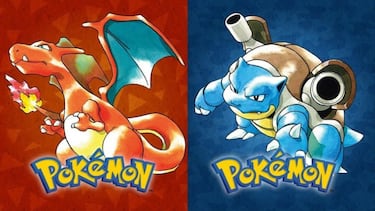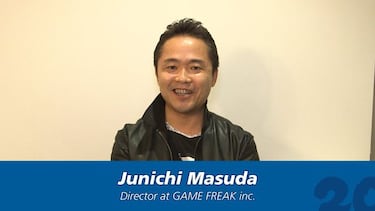Pokémon Ruby and Sapphire Gave Game Freak So Much Trouble That Junichi Masuda Was Hospitalized
We tell you how the torturous development of Game Boy Advance Pokémon Ruby and Pokémon Sapphire landed Junichi Masuda in the hospital.

When we talk about the Pokémon franchise and problems during development, the second-generation Gold and Silver Editions usually come to mind, where the late Satoru Iwata saved Game Freak from disaster. But the games that caused the company the most trouble, according to Junichi Masuda himself (Game Freak co-founder, director, producer, and composer), were Ruby and Sapphire, the games that launched the saga on the Game Boy Advance.
How the development of Pokémon Ruby and Sapphire was troubled
Pokémon Ruby and Sapphire were the third-generation Pokémon games released on the GBA in 2002 in Japan and 2003 in the rest of the world. They became the platform’s best-selling games, selling just over 16 million copies. However, to achieve such success, developer Game Freak went through quite an ordeal.
What was the problem? The jump from Game Boy Color to Game Boy Advance was not a drawback for Game Freak, as it gave them more creative freedom in exchange for more development time to adapt to the new hardware. The technological improvements from one system to the other (higher resolution screen, better audio chip, more colors on screen...) helped Pokémon look better than ever.
The real problem came from the expectations created after the highly successful release of Pokémon Gold, Pokémon Silver and Pokémon Crystal, the three second-generation titles. By the early 2000s, with those three Game Boy Color games already on the market, the consensus about the series was that Pokémon fever was waning. “Everyone was saying it was on a downtrend, the fad’s over and I really felt that pressure to make something amazing,” Masuda told GameInformer in 2017.

This tremendous pressure to not only stay on top, but to prove the popular opinion wrong, caused Junichi Masuda to be hospitalized due to the tremendous stress caused by the situation. “I got really stressed out and had to go to the hospital and had some stomach issues and had to get a camera inserted and they didn’t know what it was - very stressful,” Masuda commented on the incident. “The night before release I had a dream that it was a complete failure, a total nightmare.”
Related stories
Fortunately, his bad omens never came true, and as mentioned above, Pokémon Ruby and Sapphire was a huge sales success. “The morning after, the day of release, I went into the local shop and saw people lining up to buy it and was extremely relieved,” said Junichi Masuda.

The Pokémon series continued to bring joy to Game Freak during the Game Boy Advance era. After Ruby and Sapphire, the company released Pokémon Fire Red and Pokémon Leaf Green in 2004, remakes of first-generation games that went on to sell 12 million copies, becoming the second best-selling GBA game. Finally, in late 2004 (Japan release) and mid-2005 (all other territories), we returned to Hoenn with Pokémon Emerald, the third edition to complement Ruby and Sapphire, which became the third best-selling GBA game, selling some 7 million units.



Complete your personal details to comment